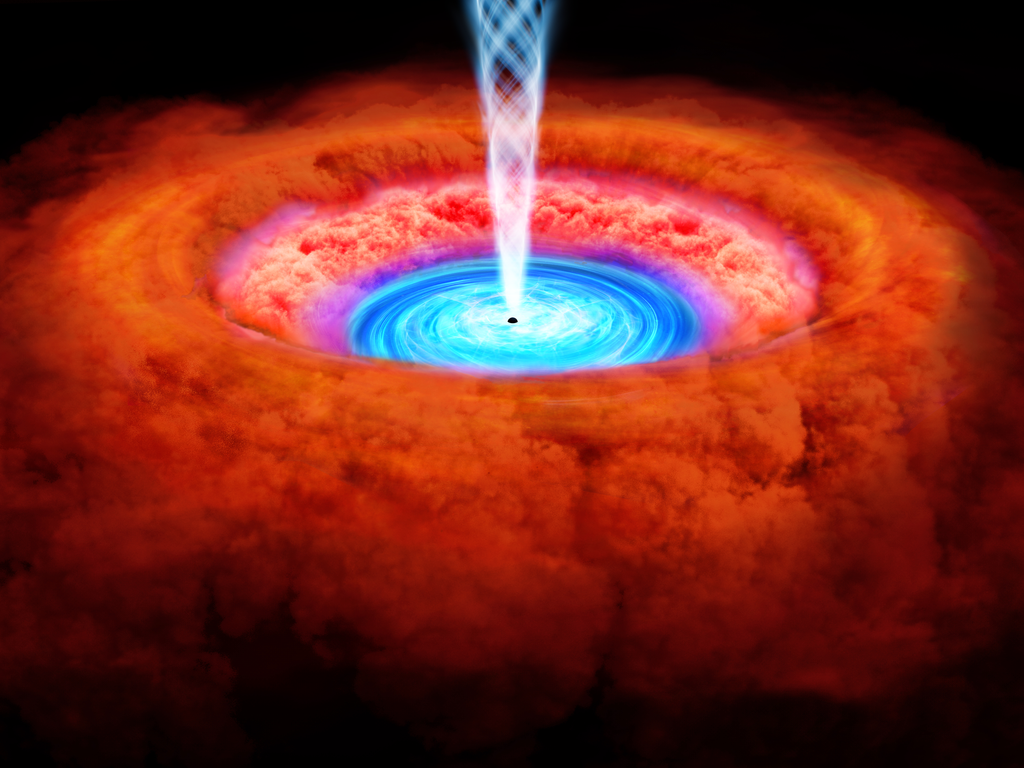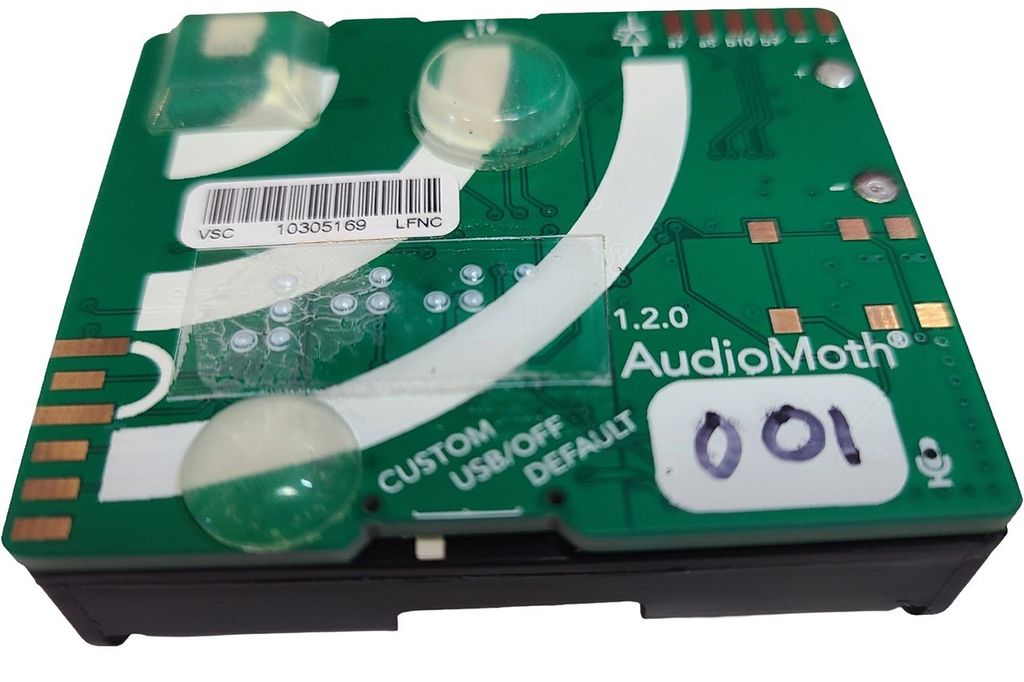NASA’s Lucy Spacecraft Approaches Asteroid Donaldjohanson
NASA’s Lucy spacecraft is less than one month away from its next asteroid encounter. As it approaches, Lucy is keeping an eye on its target, the small main belt asteroid Donaldjohanson, using its high-resolution imager, L’LORRI, for optical navigation.
At its closest point, Lucy will fly 600 miles (960 km) from Donaldjohanson, a distance carefully chosen to collect the best possible data on the asteroid. It’s close enough to see details on the asteroid’s surface, but not too close to blur the images. Even though the team knows the positions of both the Lucy spacecraft and the asteroid extremely well, it takes an incredible amount of precision for the spacecraft to perfectly hit that mark while flying by at 30,000 mph (13.4 km/s).
“Each one of these images helps improve our predictions and reassure us that the spacecraft is on course for a successful encounter,” said Eric Sahr, lead optical navigation engineer for Lucy at KinetX Aerospace in Littleton, Colorado. “It’s such a delight seeing these images after many years of planning for this encounter, and it’s so exciting knowing that we’re well on our way to seeing asteroid Donaldjohanson up close in just a few short weeks.”
In this time-lapse, subsequent 0.3-degree field-of-view optical navigation images are superimposed as Lucy approaches Donaldjohanson. Initially almost 45 million miles (over 72 million km) from the asteroid, Lucy closes in to 15 million miles (25 million km) by the end of this sequence. The asteroid moves in an arc relative to the background stars as the spacecraft, originally behind Donaldjohason in its orbit around the Sun, catches up to and then temporarily overtakes the asteroid.
Although Lucy will not be able to resolve the asteroid until mere hours before closest approach, Donaldjohanson does visibly brighten during this 39-day time-lapse video. Superimposed on this general brightening, the spacecraft also detects Donaldjohanson’s previously observed periodic brightness variability. This variability leads scientists to predict that it is an elongated, slowly rotating asteroid. We will know if that inference is correct after Lucy’s encounter on April 20.
These images also show that Lucy is currently right on target; no trajectory correction maneuvers have yet been required during this approach phase. The team will continue to monitor and adjust the trajectory as necessary over the final few weeks before the encounter.
NASA’s Goddard Space Flight Center in Greenbelt, Maryland, provides overall mission management, systems engineering and the safety and mission assurance for Lucy. Hal Levison of Southwest Research Institute (SwRI), in the Boulder, Colorado, office is the principal investigator. SwRI, headquartered in San Antonio, also leads the science team and the mission’s science observation planning and data processing. Lockheed Martin Space in Littleton, Colorado, built the spacecraft, designed the orbital trajectory and provides flight operations. Goddard and KinetX Aerospace are responsible for navigating the Lucy spacecraft. The Johns Hopkins Applied Physics Laboratory in Laurel, Maryland, designed and built the L’LORRI (Lucy Long Range Reconnaissance Imager) instrument. Lucy is the thirteenth mission in NASA’s Discovery Program, which is managed by NASA’s Marshall Space Flight Center in Huntsville, Alabama.
By Katherine Kretke, Southwest Research Institute
Media Contact:
Karen Fox / Molly Wasser
Headquarters, Washington
202-358-1600
karen.c.fox@nasa.gov / molly.l.wasser@nasa.gov
Nancy N. Jones
NASA’s Goddard Space Flight Center, Greenbelt, Md.






















